Inside STL: The deque, implementation -- Raymond Chen
 Now that we understand the design behind the common STL dequeue implementations, we can peek into the implementation details.
Now that we understand the design behind the common STL dequeue implementations, we can peek into the implementation details.
Inside STL: The deque, implementation
By Raymond Chen
From the article:
All three of the major implementations of the standard library maintain an array of pointers to blocks, which they confusingly call a “map” even though it is unrelated to std::map. (Even more confusingly, gcc internally uses the term “node” instead of “block”.) Initially, all the pointers in the map are nullptr, and the blocks are allocated only on demand.
We will say that a block is spare if it contains only spare elements.
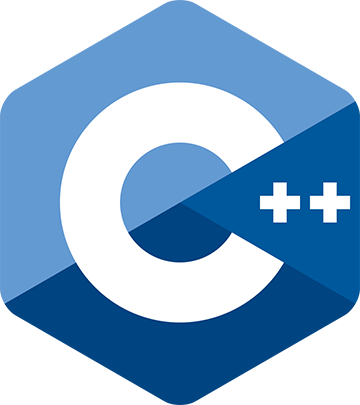
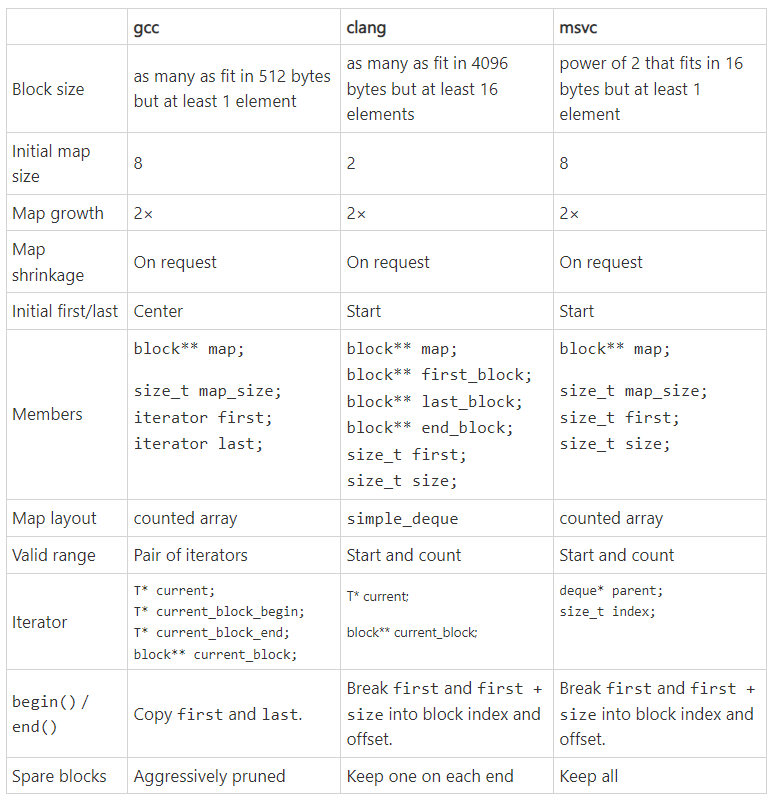

 Memory allocation failures can happen. Wu Yongwei investigates when they happen and suggests a strategy to deal with them.
Memory allocation failures can happen. Wu Yongwei investigates when they happen and suggests a strategy to deal with them.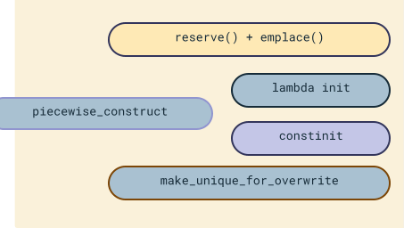 From dynamic container operations to compile-time constants, C++ offers a variety of techniques. In this article, we’ll delve into advanced initialization methods like
From dynamic container operations to compile-time constants, C++ offers a variety of techniques. In this article, we’ll delve into advanced initialization methods like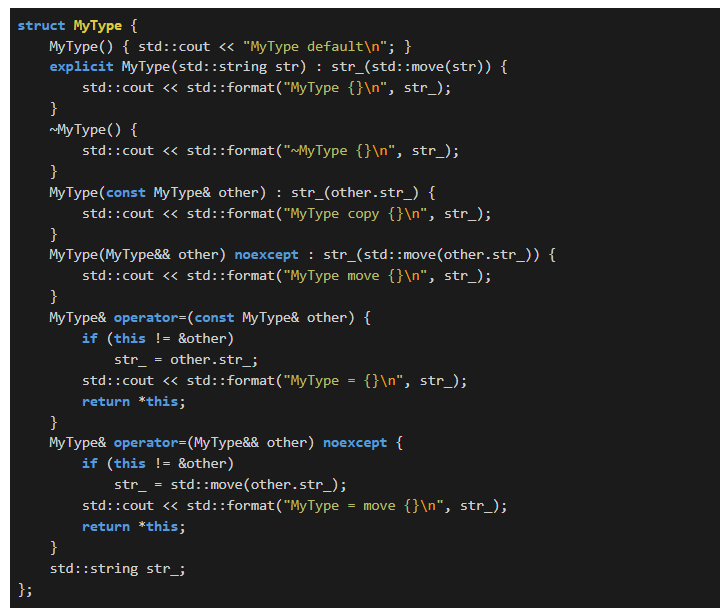
 The C++ standard library type
The C++ standard library type 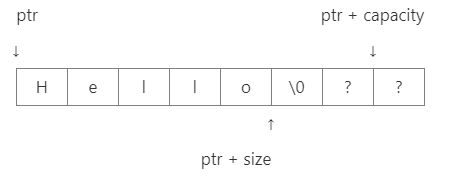

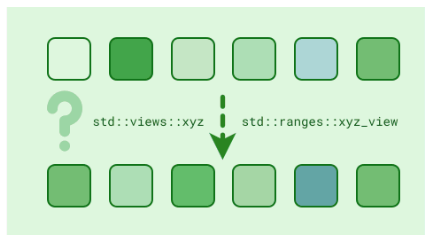 In this article, we’d shed some light on the implementation of
In this article, we’d shed some light on the implementation of